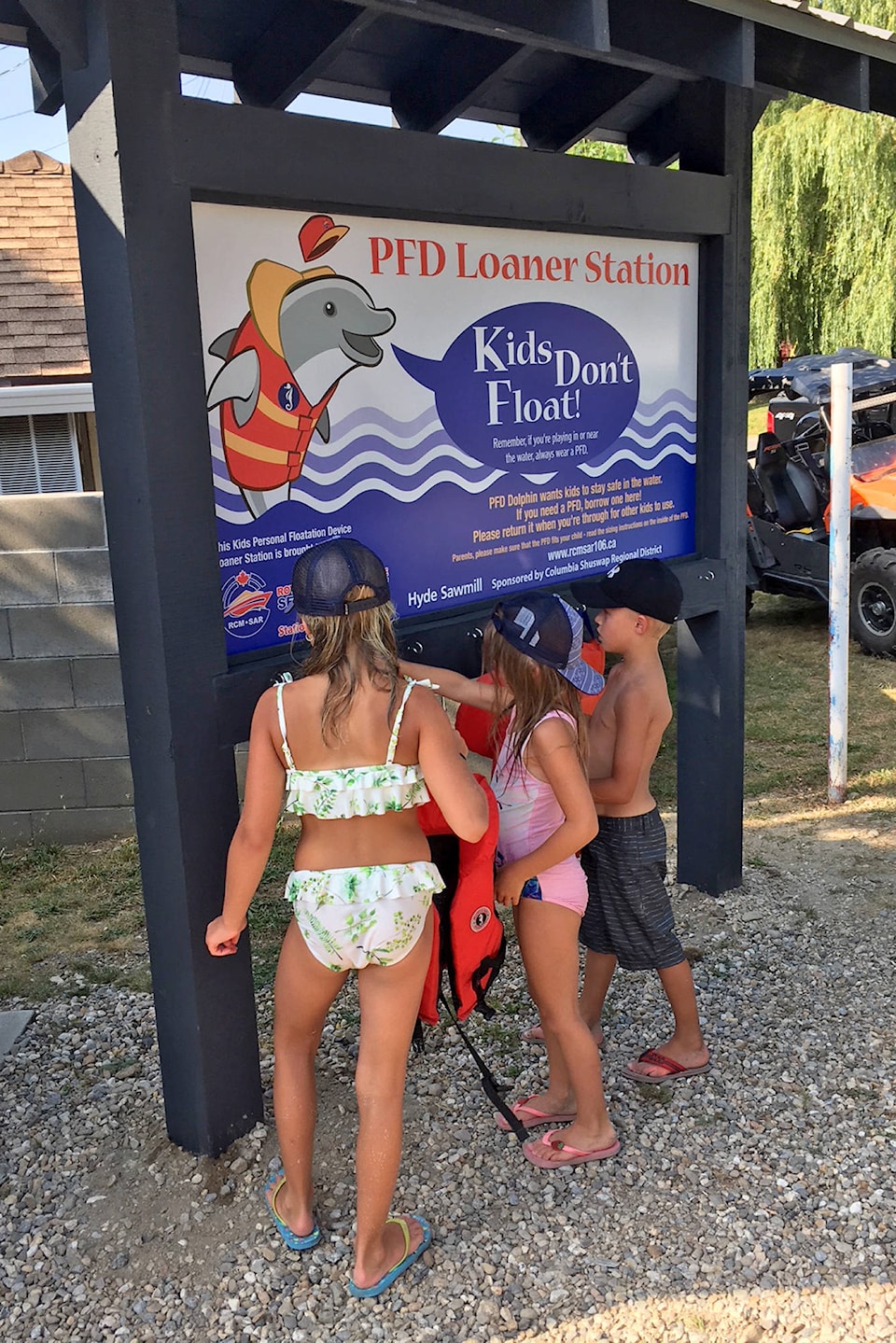Part one of a two part series.
Every year in this province people drown while boating.
Most were just enjoying a pleasant day out on the water – until something went wrong, desperately wrong.
The worst part is that these drownings are preventable. More than 87 percent of boating-related drowning victims were either not wearing a life-jacket or PFD, or did not have it done up properly when they drowned. The bottom line is that when it comes to life-jackets or PFDs, close by just isn’t close enough.
With an ever increasing number of boats and boaters on our lakes, there is also an increased concern for safety and regulation. The federal government has put in place amended regulations designed to address these concerns.
Under the current regulations, a person operating a boat or pleasure craft is responsible for equipping the boat with the proper, mandatory safety equipment. Operators and/or owners of boats and pleasure craft that do not comply with these regulations can be subject to penalties and fines. Enforcement officers can impose a fine of up to $200 for each person not wearing an approved life-jacket.
Think of it this way, not only do life-jackets save lives, the cost of a good quality Coast Guard approved life jacket is still far less than the cost of a fine.
Canadian regulations only state that a boat “must be equipped with an approved life-jacket or PFD of appropriate size for each person on board.” Technically, they do not state the life-jacket or PFD must be worn at all times. Only inflatable PFSs must be worn at all times.
Regardless of what the regulations state, it really bothers me when I see a boat heading out, especially with children on board, and no one is wearing a life-jacket. Having life-jackets stowed away somewhere on board may technically comply with the regulations, but being technically in in compliance is of little value when you suddenly need to get them out and have everyone on board put them on under less-than-ideal conditions. Use a bit of common sense and go one better than simple compliance with regulations. Take control of both your vessel and the situation, and insist that everyone on board wear their life-jacket or PFD. They’ll get used to wearing them and, after a few outings, they won’t even think twice about putting them on.
There are a number of things to consider when choosing a flotation device.
First of all, consider the type of water activities you enjoy. Today there are life-jackets and PFD’s specially designed for various activities including pleasure boating, fishing, water skiing, tubing, kayaking, canoeing and rafting.
Read more: Don’t just pack it, wear your jacket
Read more: Life-jacket loaning site on deck for city
Read more: Community steps up after Kids Don’t Float station vandalized
Nowadays, life-jackets and PFD’s are also available in a variety of bright colours. The Canadian Coast Guard strongly recommends wearing bright colours for better visibility.
When determining what size of life-jacket or PFD to wear, remember sizing is based on chest measurements for adults and weight for children. Read the label for details. And, most important, try the life-jacket or PFD on. It should fit snugly, with all the buckles, zippers and snaps done up, but still allow room to breathe and move around freely. Try walking around and sitting with it on as well. A life-jacket or PFD is too big if you can pull it up over your ears, and too small if you cannot fasten all the buckles and do up all the straps.
Too often the decision to wear or not wear a life-jacket is based on the perception of how much risk there might be. On a nice, warm sunny summer afternoon, when the thought of having to wear a life-jacket seems bothersome, it is far too easy make the decision to not wear it – to have it somewhere close by – because, well there’s no chance of anything happening, of anything going wrong.
However, things can go wrong, desperately wrong, and any way you look at it, life-jackets do save lives. An inconvenience is nothing compared to the alternative.
Quite simply, if you’re not wearing it, even the best, most expensive life-jacket in the world is of no value, because when things have suddenly gone wrong and you only have seconds to react, close by just isn’t close enough.
@SalmonArm
newsroom@saobserver.net
Like us on Facebook and follow us on Twitter

